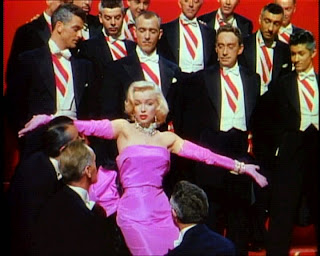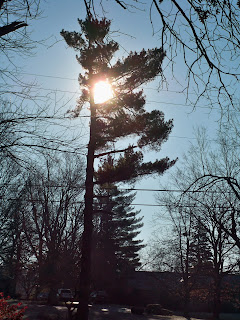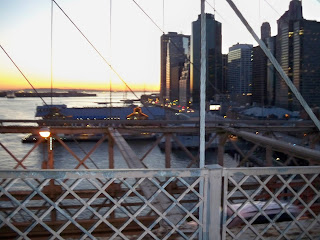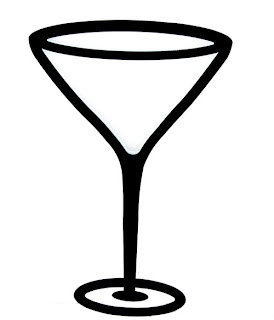“56 Up”
Yesterday’s post was a warmup. One of the best reasons to like 7×7 is the “Up” film series. It begins in 1964, a documentary about 14 seven-year-olds in Britain. “Show me a child of seven,” the announcer intones, “and I’ll show you the man.” (Yes, “man” not “person.” This was 1964, after all.) Every seven years since then, the director Michael Apted has made a film.
Forty-nine years later, all of the 14 are alive and only one chose not to participate. A man who had dropped out of the series after “28” returned this time, in part to publicize his band. The “kids” have grown up, gone to university (or not), taken jobs, married, had children and grandchildren, moved, divorced, grieved over lost parents, prospered, gone on disability, wandered and arrived.
In honor of Oscar weekend, a mini-review: This is the best
of the series (apart from the first), I think, and that may have nothing to
do with film making and everything to do with the age, 56. Maybe it’s
just a happy accident, but most of these folks have a good attitude
about living and aging, about learning from their mistakes. What
else can you do but go on, they say. And there’s not just
resignation in their voices but happy expectation. Even Neil, who is homeless and suffering from some sort of mental illness or mood disorder earlier in the series, seems to have righted himself, is on the town council of
the little village where he lives and also a deacon
in his church.
What’s the best thing in life, he was asked.
Friends, he said. Talking with them, walking with them. What this
film doesn’t tell you (but an earlier one does) is
that other people in the series came to Neil’s aid
when he was homeless. Bruce took him in, gave him a home; others helped, too. There are so many lovely
stories-within-a-story in this series. And seeing the people age
is not depressing. Their expressions stay the same, their smiles,
too. And their attitudes improve.
I saw the film with a good friend, and as we left the theater a woman overheard us talking and joined our conversation. She was 56 too, she said, and the film affected her deeply. We talked like we’d known her forever, and then we parted. “I’m going home to change my life,” she said.
Seven times eight. “56 Up.” It was that kind of film.





